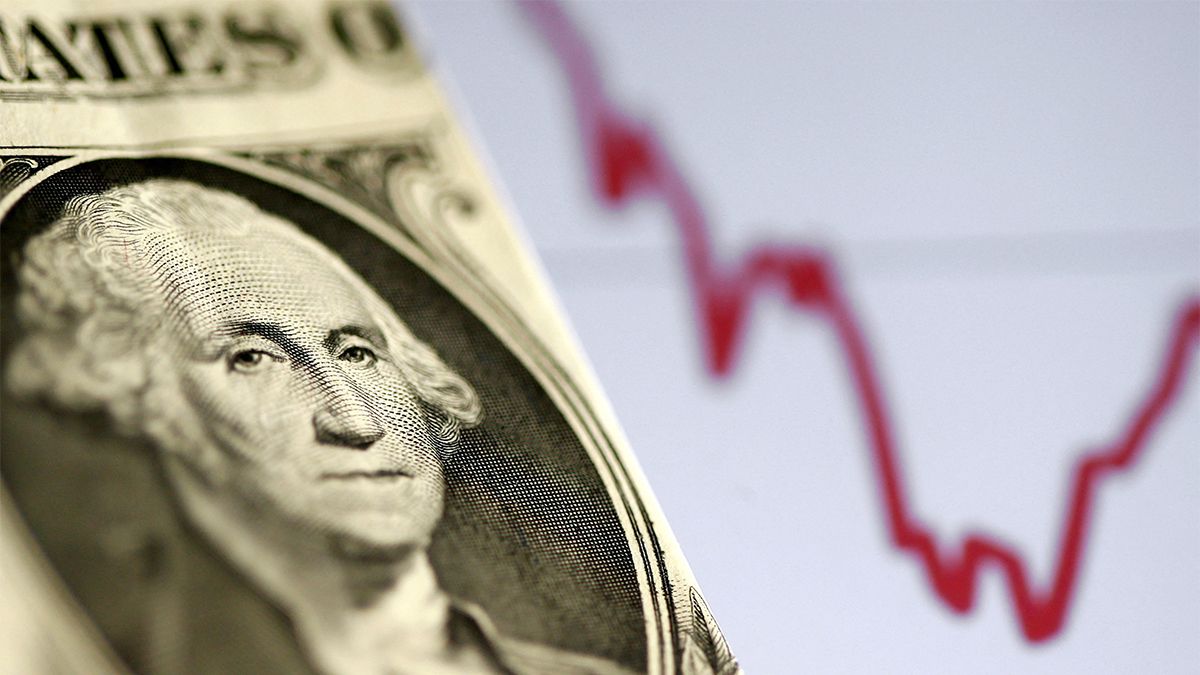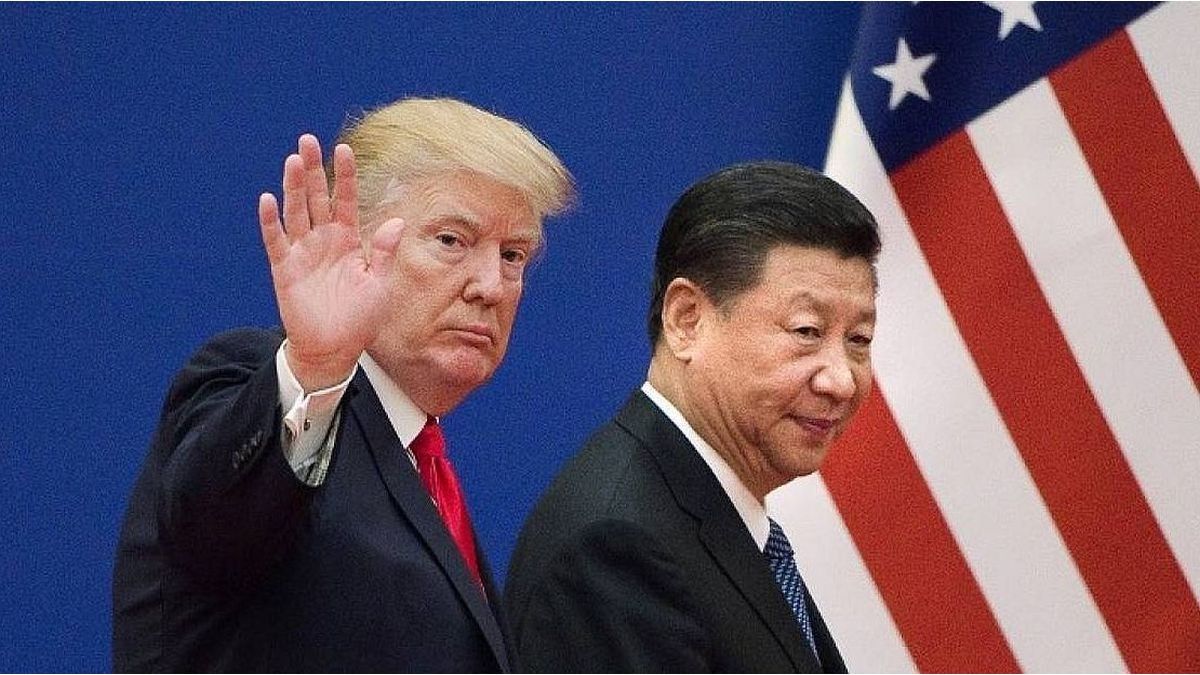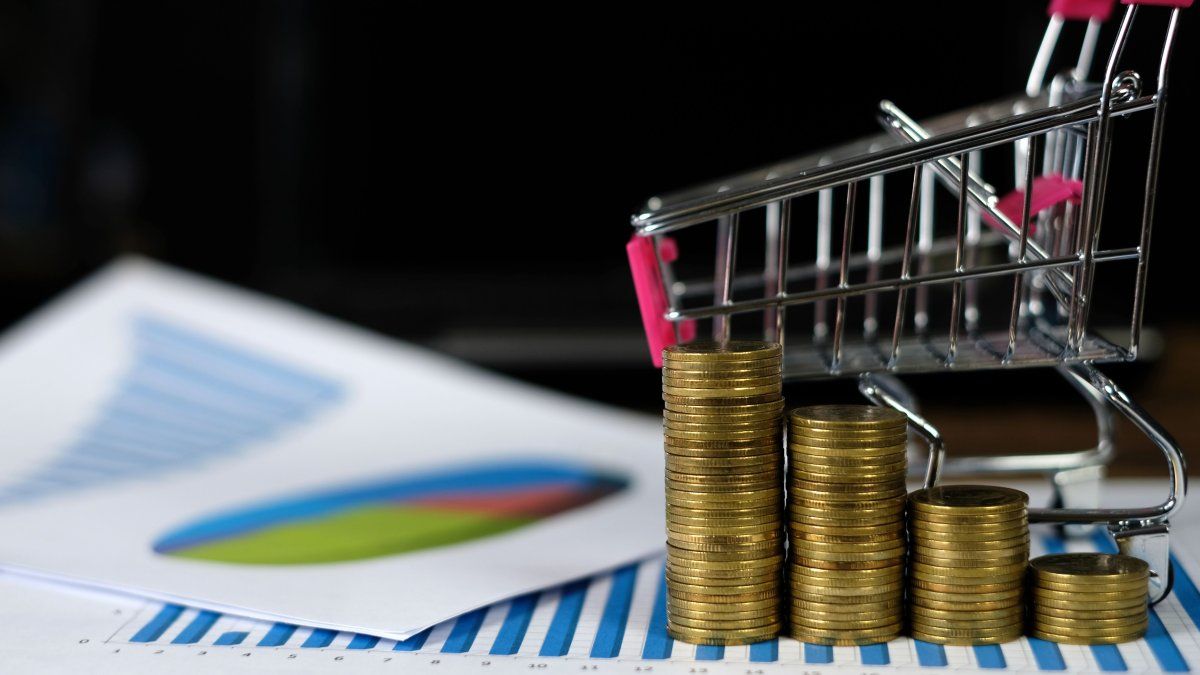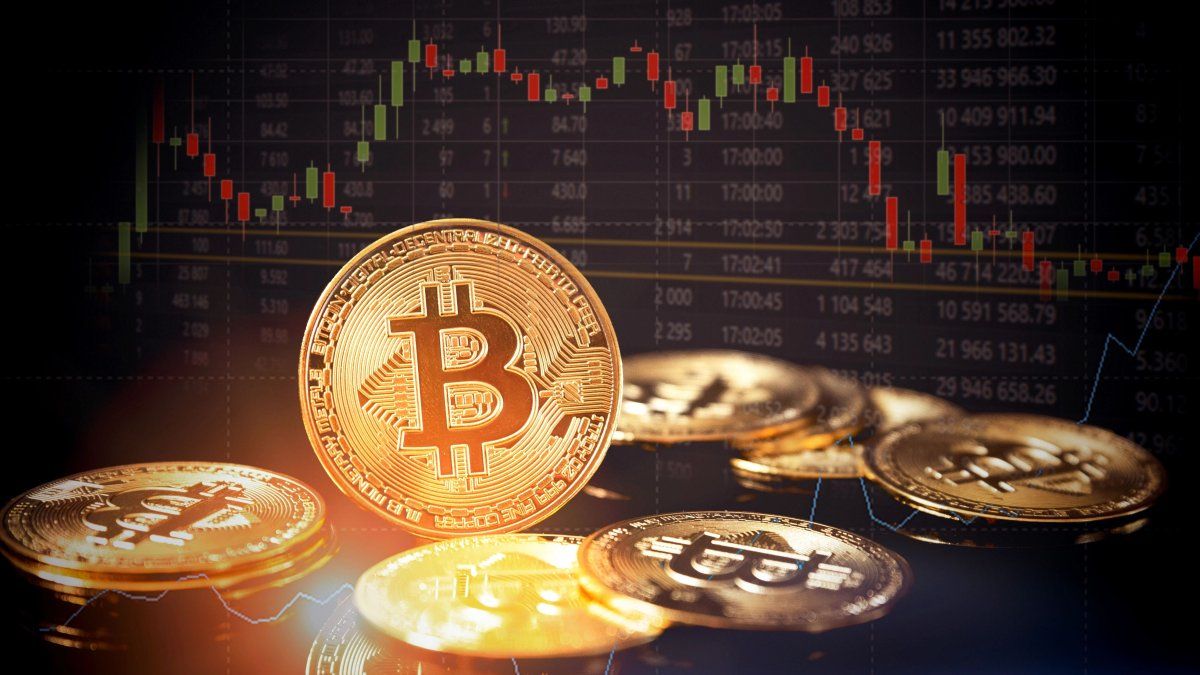Inflation in the US and the Fed’s monetary policy continue to drive the price, which, in Uruguay, was supported by the drop in the MPR.
He global dollar continues to rise and reached its highest weekly increase since September 2022, also boosting local prices, as in the case of Uruguay. Can the trend continue?
The content you want to access is exclusive to subscribers.
The inflation data in USA and the certainty that Federal Reserve (Fed) has no intention of rushing a cut in interest rateswhich are at their highest historical range, supported the dollar in a trend that is shaping up to be upward. Thus, the currency rose 0.74% and the dollar index —which measures the greenback in relation to a basket of six other international currencies— stood at 106.02 units, above its record the previous day. Meanwhile, the weekly advance exceeded 1.6%, the highest since September 2022.


This happens after the inflation in the United States was slightly higher than expected, which confirmed that the economic scenario is not stabilized enough to give security to the Fed to advance the first rate cuts. In fact, central bank authorities stated that there is no urgency in starting the bearish cycle; and, in the same sense, the president of the Fed of Boston, Susan Collinscommented that the strength of the economy and the uneven recoil of inflation advised against a short-term push to lower rates.
For their part, financial operators hope that the Fed reduce its rate by about 45 basis points during this year, when at the beginning of 2024 the bets pointed to cuts for a total of 150 bp. Meanwhile, the projections of a first decline in June are increasingly lower, which outlines a scenario of strength for the dollar which can only be confirmed from the different macroeconomic data Americans in the coming weeks.
The dollar is coupled in Uruguay
In Uruguay, meanwhile, the dollar It seemed to take advantage of the global momentum of the currency and rose 0.32%, marking its ninth increase in the last 11 exchange days. Thus, it closed at 38,788 pesos, according to the official price of the Central Bank (BCU).
The increase can not only be attributed to the decisions of the Fed and its impact on local exchange markets, but also the effect that the recent decline in the Monetary Policy Rate (MPR) by 50 basis points—a surprise for all agents, who expected a drop of 0.25%—may be having a lagging exchange rate against the peso.
The truth is that the dollar has recovered 3.29% so far in April, so the accumulated depreciation of the year is 0.60%, still dragged down by the performance of the US currency in March. However, both the international and national scenarios allow us to project a greater rise for the greenback, while the export sectors demand a price ranging from 45 pesos to 58 pesos.
If stability in the United States is maintained, and if the positive effect of the rate reduction by the BCU is consolidated – which reduced the return on investments in pesos, making these placements less attractive, which may lead to a greater preference for the dollar to increase demand—a scenario could occur in which the currency, at least, returns to the values with which it closed in 2023.
Source: Ambito




